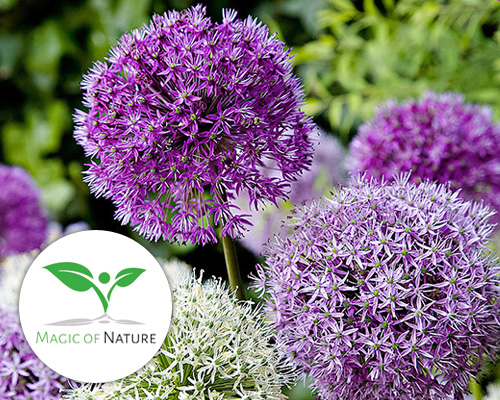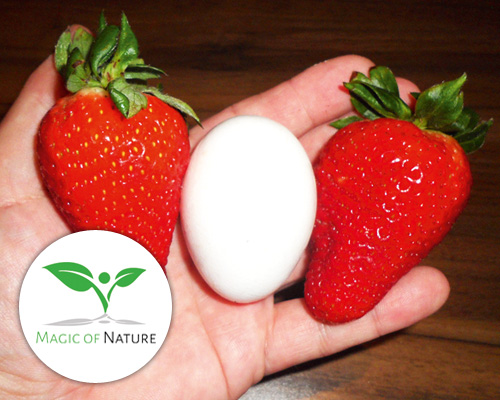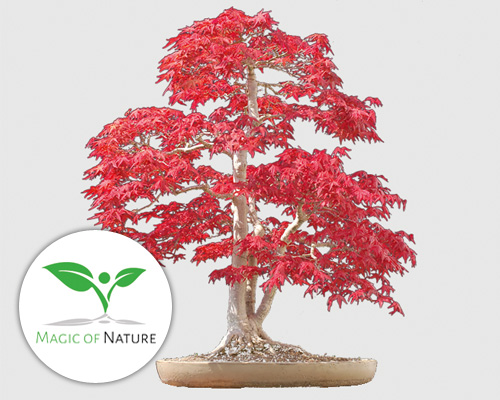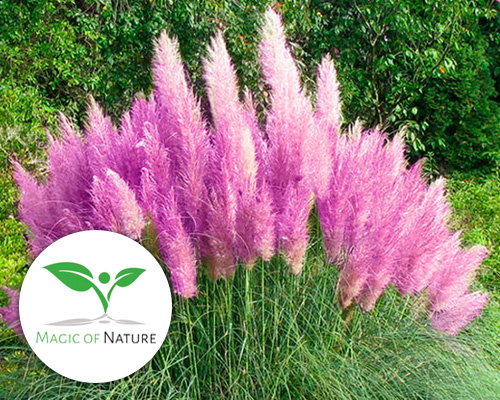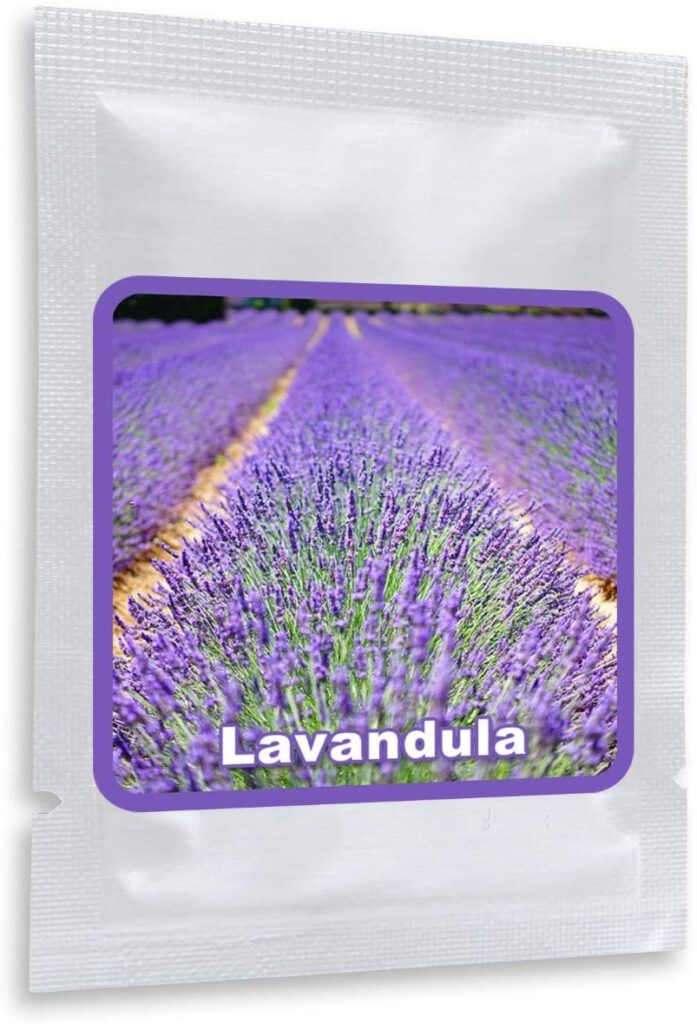
Lavender Herb Seeds
- Botanical Characteristics: Flowering Shrub, Fragrant Shrub, Culinary Herb, Perennial Plant, Evergreen Plant, Drought Tolerant, Honey Bee Food Salt Tolerant, Hedge Plant.
- Lavender is known as one of the safest of all distilled essential oils and it is also one of the most popular! Since ancient times it has been symbolic of cleanliness and purity. The early Greek and Romans have documented its use in healing.
- Fresh flowers can be crystallized and used in candies and cakes; dried flowers are used in potpourri and sachets; oils are used in creams and perfumes.
- for every garden, also suitable as a potted plant or container plant on t
Growing instructions
Product description
True lavender, often called common lavender, is a plant of the genus Lavender (Lavandula) within the mint family. It is mainly used as an ornamental plant or for the production of fragrances. True lavender is an aromatic shrub that reaches heights of up to 100 cm. Lavender is originally home in the coastal regions of the Mediterranean. There it grows widespread on dry, warm slopes in Dalmatia and Greece as well as in the region of Tuscany in Italy. Lavender is a genus of plants highly regarded in medicine and perfumery. This is especially true of garden lavender.
Sowing:
Seed cultivation is not easy. Because English lavender likes to propagate itself in gardens, the otherwise reluctant sprouting of lavender seeds seems paradoxical. In fact, lavender sprouts only when conditions are right. This works best if you observe the following instructions:
In order to increase germination capacity, it is recommended to stratify the seeds by subjecting them to a cold period of about 30 days at 3 ° – 5 ° C. To do so, the seeds are e.g. placed in small pots containing moistened seed soil, lightly pressed and covered only slightly or not at all with soil. Then you place them in the refrigerator. (Never in the freezer!). During this time, the soil must not dry out and must always be kept slightly moist (no waterlogging). Also, ensure regular ventilation to prevent mould growth.
However, this process is not absolutely necessary because the seeds can be directly planted. Stratification, however, significantly increases the likelihood of success.
Lavender is a light dependent germinator!
(thus, only press the seeds lightly onto the soil and do not cover with soil)
After stratification, choose a bright, warm place (20-25°C).
Ensure the soil is consistently moist (no waterlogging).
The seeds will begin to sprout approximately 2 – 5 weeks after stratification.
Please note:
This is a natural product. Therefore, we do not guarantee a sprout or germ for seeds since the conditions under which sowing by the customer is made can not be assessed or influenced by us.
Frequently bought together:


